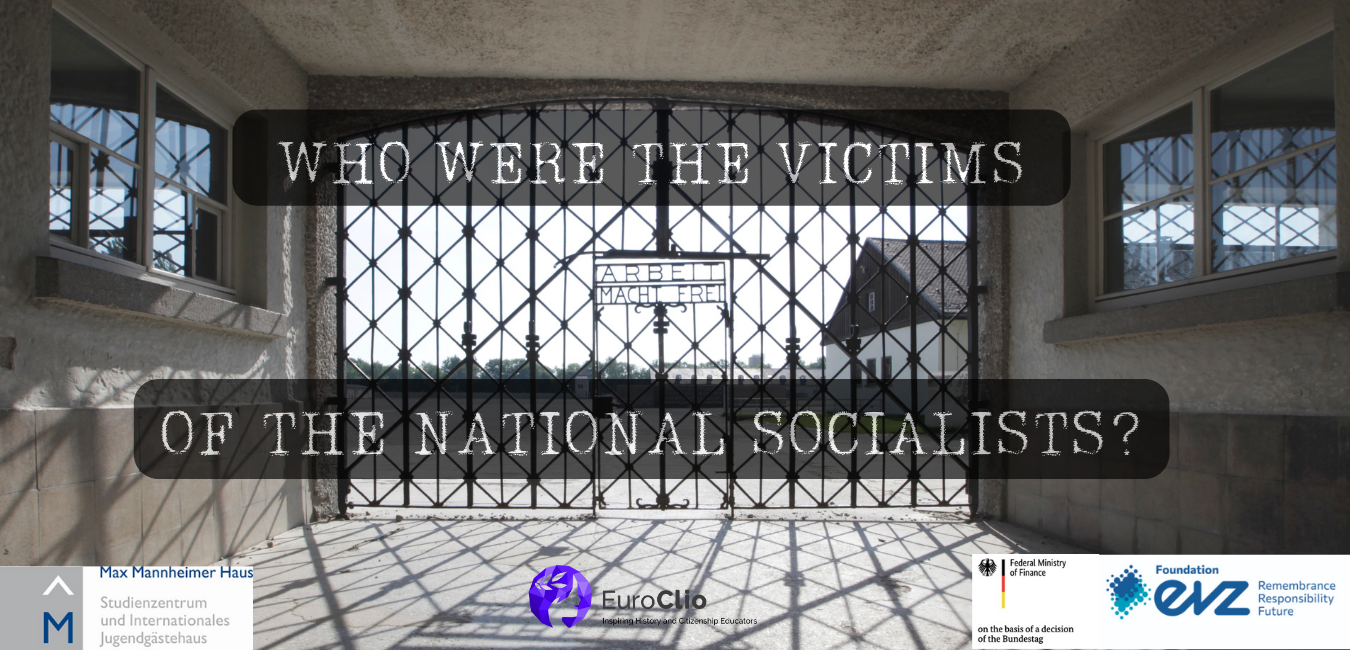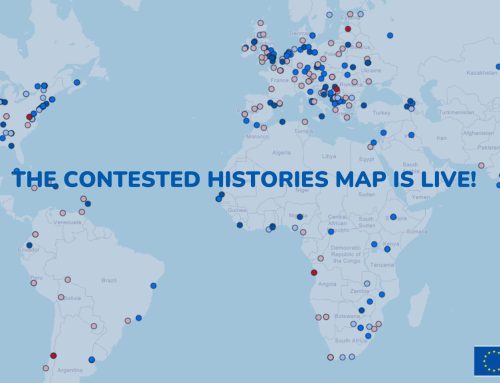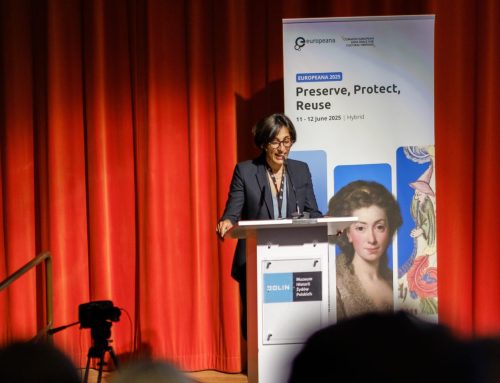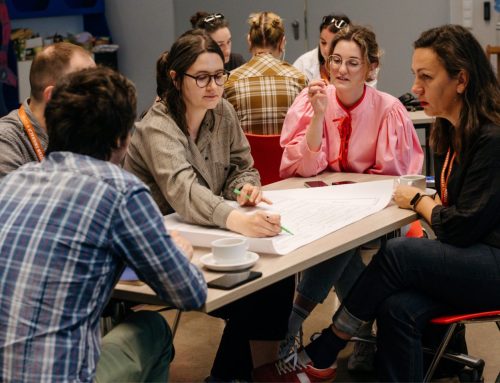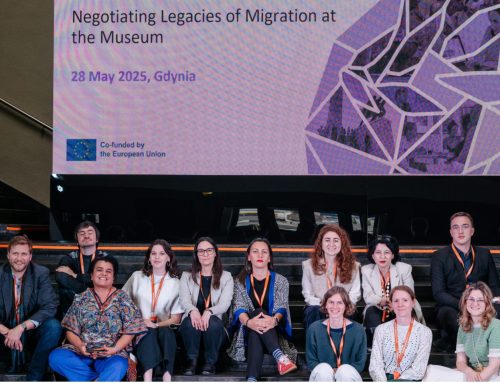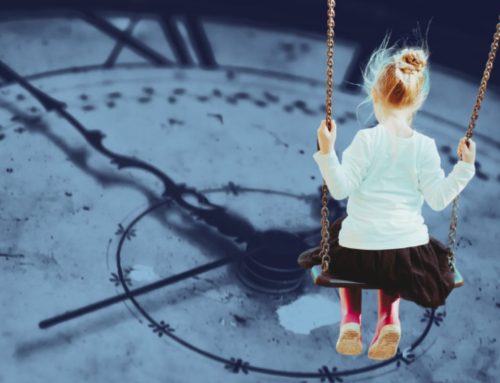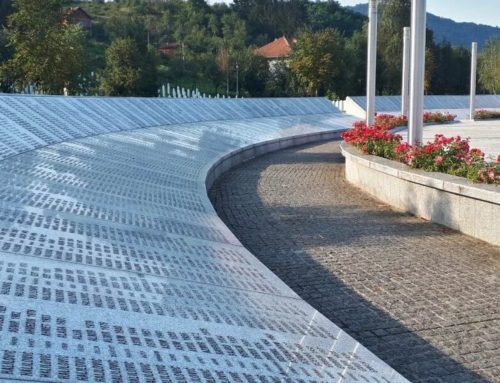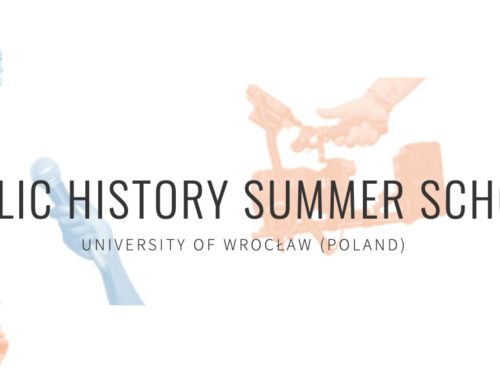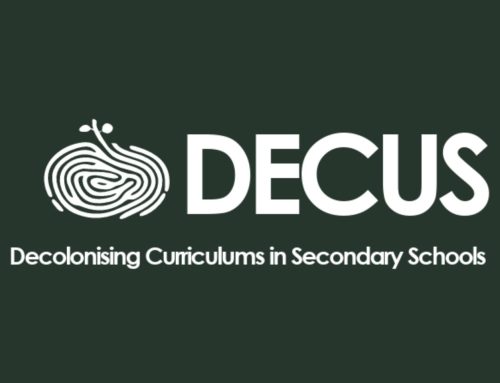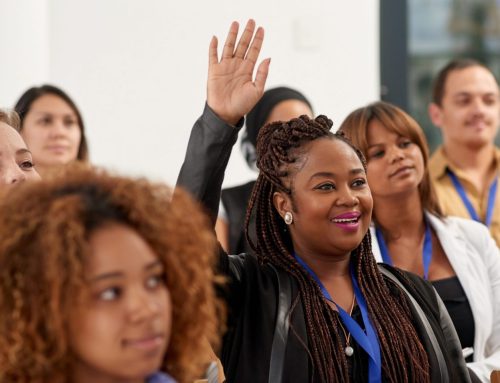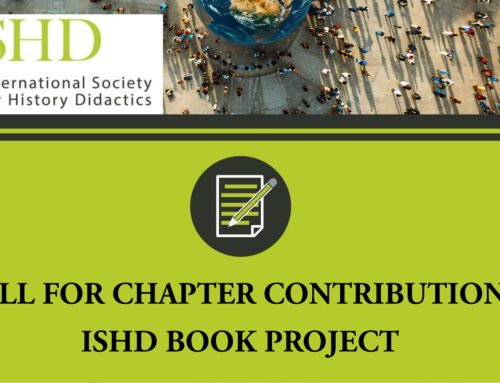As part of the project “Who Were the Victims of the National Socialists?”, former EuroClio trainee Evangeline Procopoudis conducted virtual interviews with three of our team members from Denmark, Bosnia and Herzegovina, and Slovakia.
This week, we start off our three-part interview series with Lars Amdisen Bossen, who is the principal of one of the participating schools, Vejen Gymnasium. He is a member of Team Denmark, together with his colleague Mirela Redžić.
To begin, could you briefly introduce yourself and your school?
I am a history teacher, and I taught history until I started in the management area. I still do teach one history class, and I try to keep up with the subject even though I am the principal now. For our part, both Mirela and I wanted to give the students in this international stream something extra. We have students who go to Egypt every year as part of the two-year international stream that we have here at the school. We are always on the lookout for things that we can offer them on top of their normal history class.
Is this project in addition to the normal travel to Egypt that students in this international stream get to experience?
Yes, this is on top of the normal travel. Actually, they are third-year students, and they join the international stream for two of those three years. And in the second year, most of their time goes towards studying Egyptian history and organising the Cairo visit, and then we have other things that they take part in.
On the subject of what typical history courses look like in Denmark, is this international stream and this project typical?
This international stream is something we have added to our school, something extra to give to the more talented students so they sign up themselves. The typical Danish curriculum includes Danish history from the Vikings to modern times, then we also cover world history from the Greeks and the Romans to modern times.
Is there a component that deals with National Socialism within the Danish curriculum? How much emphasis is placed on this topic?
It’s actually up to the schools and the teachers. They have to cover World War Two and the Holocaust, but there is no specific requirement to cover it in a certain amount of lessons or pages. So it’s very much up to the history teachers as to how much emphasis is put on this topic, and that actually applies to the primary schools and the feeder schools. They also have to cover National Socialism in one way or another: some have a very Danish focus (e.g. Danish Jews), or they could have a broader global perspective on World War Two.
Why this project? What interested you in getting involved with this project?
As I was saying, we are always on the lookout for something we can give to these gifted students, always looking for something extra. Actually, the Danish curriculum has a certain amount of topics that we have to cover that are written in the policy of the school, but it is up to the school how to do that. In this school, we have between 20 and 30 students every year who join this international stream. Mirela, who is very active in the Danish Union of Teachers, discovered this, and we thought it would be perfect for our students as it had elements of engaging them, of working with victims of National Socialism beyond the regular curriculum, and it would be a good challenge for them.
Have you or Mirela taken part in any other EuroClio projects before?
I know that Mirela is familiar with EuroClio and what you offer, but I am not quite sure in what capacity you have been helping her in the past. But she definitely knew about the organisation and what you offer for participating in projects. It was very much her who found you guys. For me, it is the first time working with EuroClio, and it has been more enriching for us than I [expected]. We were more focused on our students at first, but all the planning and the meetings with colleagues all over Europe have been very enriching for us and given us new perspectives on our jobs. [This is especially so with the] whole idea of place-based learning and trying to make that work for history teaching, and as a principal, I look at these methods and how they can be applied to other subjects. I hope that the toolkit will offer opportunities for other subjects as well.
Do you know of any other subjects that you could possibly use this place-based learning for?
Well, social sciences is an obvious one, but also physics, chemistry and science-based subjects, to try to find out what is in our local community, and what we can offer from this area of Denmark specifically.
Would you be able to briefly walk us through the place-based project that your students have come up with?
Since we don’t really have much to offer here [in Vejen], we will be going to a nearby town, Esbjerg, a harbour town which is known for a variety of incidents during World War Two. Some of the first public events against the German occupation took place there, and some of the first victims that Denmark saw during World War Two were in Copenhagen and Esbjerg. They have a renowned archive that describes some of these events, and also sources written by families of some of the victims. We will go to see a cemetery and other memorial sites too. Then we will have some of the people who work at the local museum take the students around town and do some small workshops with them around Esbjerg.
Sounds like a busy project!
Yes it is, it’s going to be good!
Were the students involved in choosing these locations?
No, that was Mirela and I. But we’re going to do a follow-up in the autumn, and then we are going to hear from the students and introduce them to [the project video producer, Aaron Peterer, with whom they will be making film tutorials,] and then they will have more of a say at that time. If we had been able to time it differently, maybe we would have involved them more, but since we are close to exams, we had to be a bit more in control in this round. But in the second round in the autumn, it will be more on the students.
From a teacher’s perspective, how long did it take to plan and organise everything for this project?
It was quite easy actually, because both Mirela and I are quite familiar with these places in the vicinity, and we quickly agreed on where to take the project.
This project focuses a lot on victim groups during National Socialism. What are the victim groups that your school and students focused on?
A lot of the victims are Jews and union workers – not communists and socialists, but regular union workers, because unions were very strong in the harbour city, and they were the centre of a lot of demonstrations [against] the German occupation. So the popular uprisings started in and around these unions.
Was this something that the students chose, or was this something that you and Mirela decided on?
It was also because of the location, but again, when they are going to do their projects, the students will choose more specifically what they are going to work with. We thought about a podcast as a project for a number of groups. They will make a few, as it is a fairly easy way to have a group of students engage at the same time in a common project in a very recognisable medium for them. And it’s also something where we can say, “This podcast is what we did when we did this project.” It is something that they know other people will hear, so they put a certain quality into it.
Thank you very much for taking the time to do this interview!
Thank you!
Interview conducted by Evangeline Procopoudis

